Matrimonial knot
A lifelong Companionship and Commitment:Matrimonial knot
Marriage is the process of being happily ever after. Marriage as defined by the Webster dictionary. He defined it is a bond that is legally and formally accepted union between two people. This bond is called as partners in personal relationship. The two people may be of different caste and community or of same. The two individuals come together for spending rest of their lives together till they die in the bond of holy matrimony.
Hindu Culture: Horoscope matching fixes marriage
In Hindu culture marriages are fixed after considering several points. That begins from family background to gun Milan. Horoscope matching is an essential part of any and every Hindu marriage. The marriage may be arranged or love. We in India believe that the marriages are not only fixed between two individuals. But it is rather a bond that exists between two families. Furthermore, marriages in India are an elaborated affair. Hence, this is a cultural essence and the practice of marriage, is mainly dependent on the horoscope matching.
Customs and Rituals of Indian/ Hindu Marriage:
An ideal Hindu marriage ritual may be performed from 3 to 6 days. This is mainly because there are customs which are carried out before and after the marriage takes place. These have been a part of our culture for way too long now. Different customs have a different significance. Hence, these customs are based on beliefs which have been passed onto us by our ancestors. Pre- Marriage Customs/ Rituals: Roka: It is a way of telling friends, family and community that the groom and the bride have been selected for each other. And they will be getting married. Sagai or the Ring Ceremony: Sagai is one of the important ceremonies. It signifies the beginning of wedding festivities. The funtion is a closed knit gathering of family; friends and well-wishers. Purohit ji is also present to perform the rituals. Additionally, this Ceremony is significant of the fact that the Groom and bride are on the path to embark their life journey together.
Tilak/ Groom Acceptance Ceremony:
It is perhaps one of the most important ceremonies prior to marriage. The time when the family member of bride goes to the place of the groom. The brides family gives the presents to the groom and his family, and apply Sindoor on his forehead. This signifies that the groom is accepted by the brides family and he will take care of the bride. This ceremony is mainly performed by the male members of the brides family.
Haldi Ceremony:
This ceremony is performed a few days prior to the wedding. A mixture consisting of turmeric powder mixed with powder of Sandalwood, Milk, with rose water and Rose petals. This mixture is then applied to groom and bride at their respective places, by their respective families, friends and well- wishers. The mixture is then applied on the neck, face, hands and legs of the groom and bride. It is believed that turmeric brightens the skin colour. And at the same time it is also believed that the turmeric possesses medicinal values, which kills any and every sort of ailments. Applying of Turmeric during wedding keeps away evil eyes. It also neutralizes any negative energy during the ceremony. Ganesh Poojan: It is an Indian tradition to worship Lord Ganesh before beginning something auspicious or new. Hence before the beginning of new life of groom and bride, they perform Ganesh Pooja to garner blessings for wedding and their lives ahead.
Mehandi/ Henna Application:
Mehandi or henna is applied on the hands of the bride. It elaborate designs and intriguing patterns are made on the hand of Bride. It is believed that, the darker the colour of Henna, more will be the love and commitment of husband towards her. Sangeet/Night of fun: Sangeet is the night prior to wedding when singing, dancing and festivities is seen. The man and brides side perform on songs and enjoy. It is a way of telling them that they are entering new lives with fun and frivolities. And they also wishes them that their future is filled with laughter and fun.
The Seven Pheras or the Seven Promises:
Seven promises and Seven Pheras are mainly performed during the marriages in Hindu customs. A marriage in Hindu culture comes with a detailed commitment bond for 7 births and beyond that as well. So, it is a belief that the marriage union is not suppose to be broken even if one of the spouse dies. Though the law permits a divorce, the Hindu culture doesn't. Furthermore, the seven Pheras performed by the man and wife during marriage is a symbol that they are now bound together for the seven births after tieing Matrimonial knot.
The Seven Pheras in Details:
The 7 Pheras or Saptpadi called in some cultures is a unique concept of bride and groom taking seven wows together and promising seven pledges, for the life time. These pheras are carefully crafted with a Matrimonial knot is tied.
1st Pheras:
The symbolizes prayer for provisions and nourishments.om esha ekapadi bhava iti prathaman.The groom after tieing Matrimonial knot here promises to cherish the wife for as long as he lives. And in this phera the wife as well promises to nurture with food and help in any possible manner. During this Pheras the groom leads with tied Matrimonial knot.
2nd Pheras: Strength. Om oorje jara dastayaha, the groom promises to have physical, mental and spiritual strength. And the bride complies here by helping him. Here also the groom leads.
3rd Pheras: Prosperity. om rayas santu joradastayaha,In this the groom takes the wow, that he will be the bread earner. And he will be responsible to garner wealth. The Bride here pledges to support his home, children and allocate his earnings properly.
4th Pheras: Family: In this the wife/ bride leads and promises to bear children, take care of the family. And the groom as well promises to nurture the family Lalayami cha pade vadet. The wife promises her support here.
5th Pheras: Progeny: In this the groom promises to Pray for the happiness and wellbeing of our family. May we have righteous and obedient children. The wife here wows to trust and honour the groom always. Arte arba sapade vadet- the bride says these words.
6th Pheras: It symbolises Health: The groom promises to keep up the health of the family and pray and live a life of divinity. And the wife promise to support him.
7th Pheras: Friendship and love: The last Pheras defines the bond of commitment of the couple. As both the groom and bride vouch to be truth full and loyal to one another.
Astrology and its significance in marriage:
The significance of astrology in a marriage is to judge the compatibility between the girl and the boy and predict their future together. With the help of astrology, one can also find remedies to minimize the effect of any unfavourable planets if any. The compatibility is calculated in terms of complete horoscope matching and is not limited to just gun Milan or mutual Manglik dosh. Furthermore, the complete astrology report help you to calculates the compatibility between two people. The report is prepared on the basis of 6 life aspects- longevity, basic nature and liking, health, child birth, separative tendencies, financial stability.
Similarly, get your and your spouse horoscope checked and matched from our horoscope matching services

















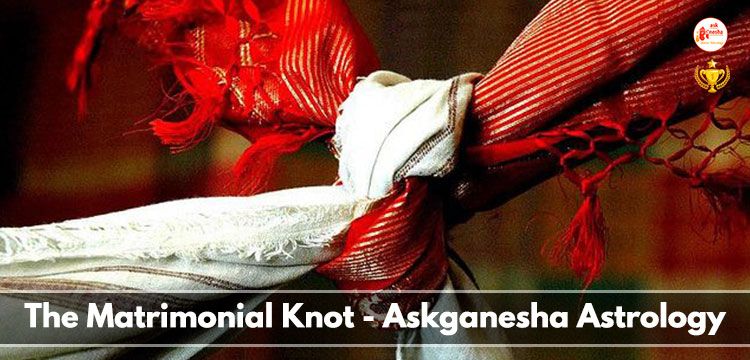
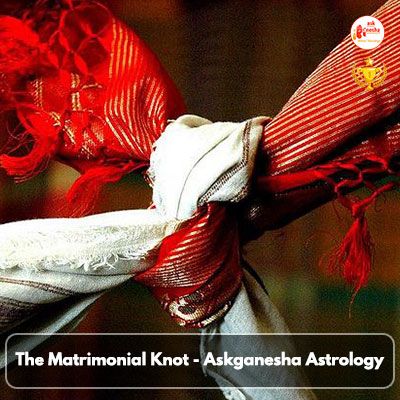
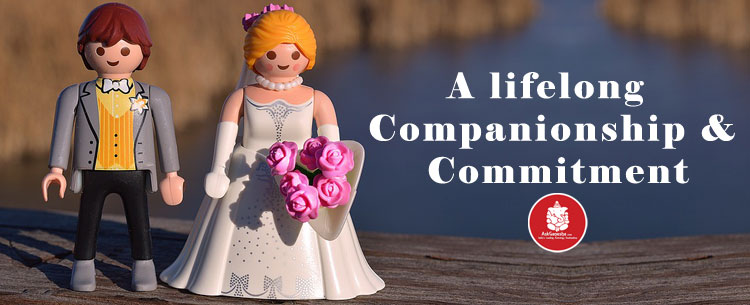
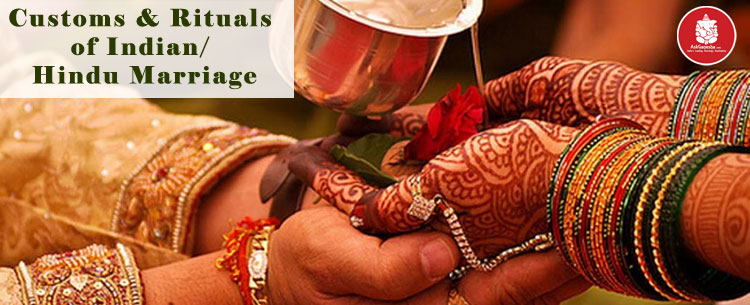
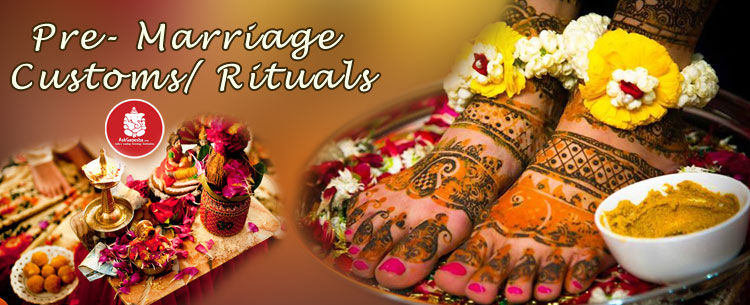
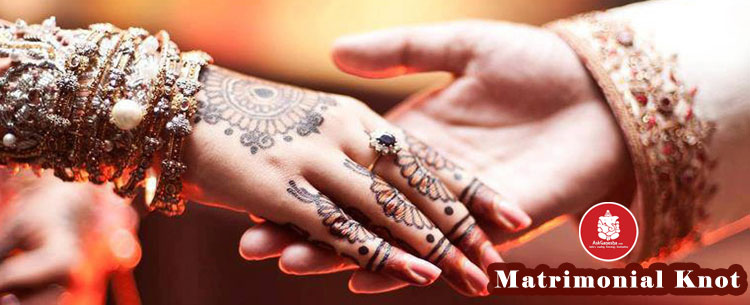
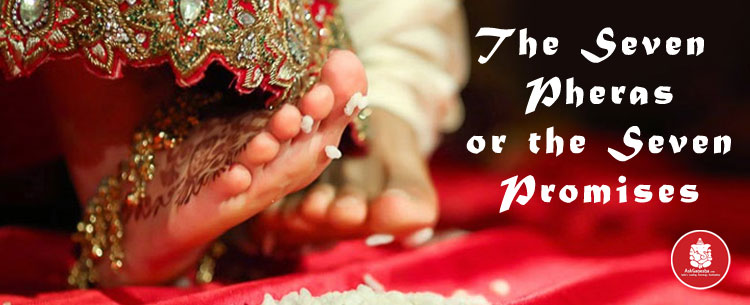
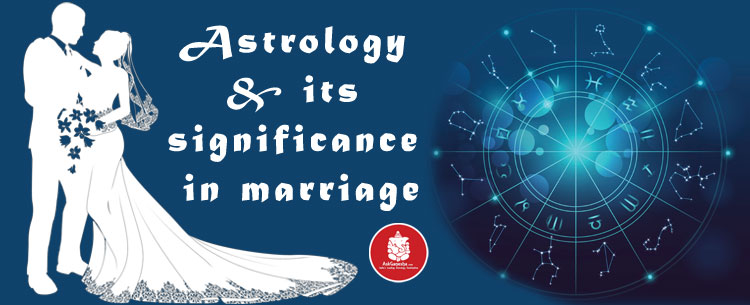
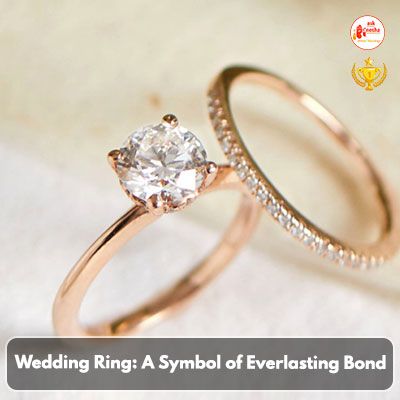
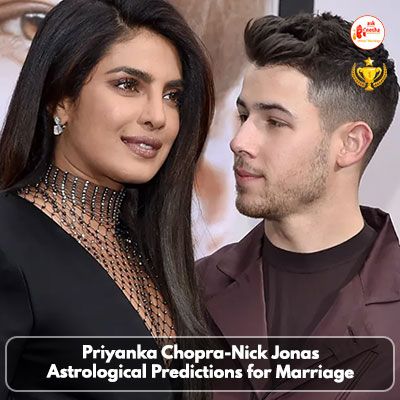

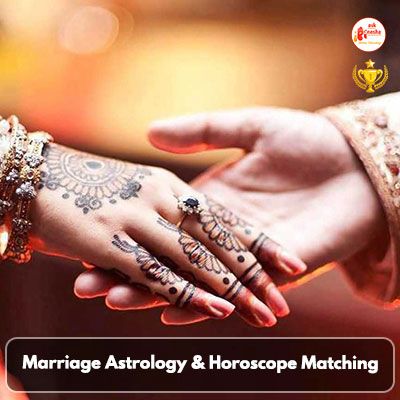

 Translate
Translate